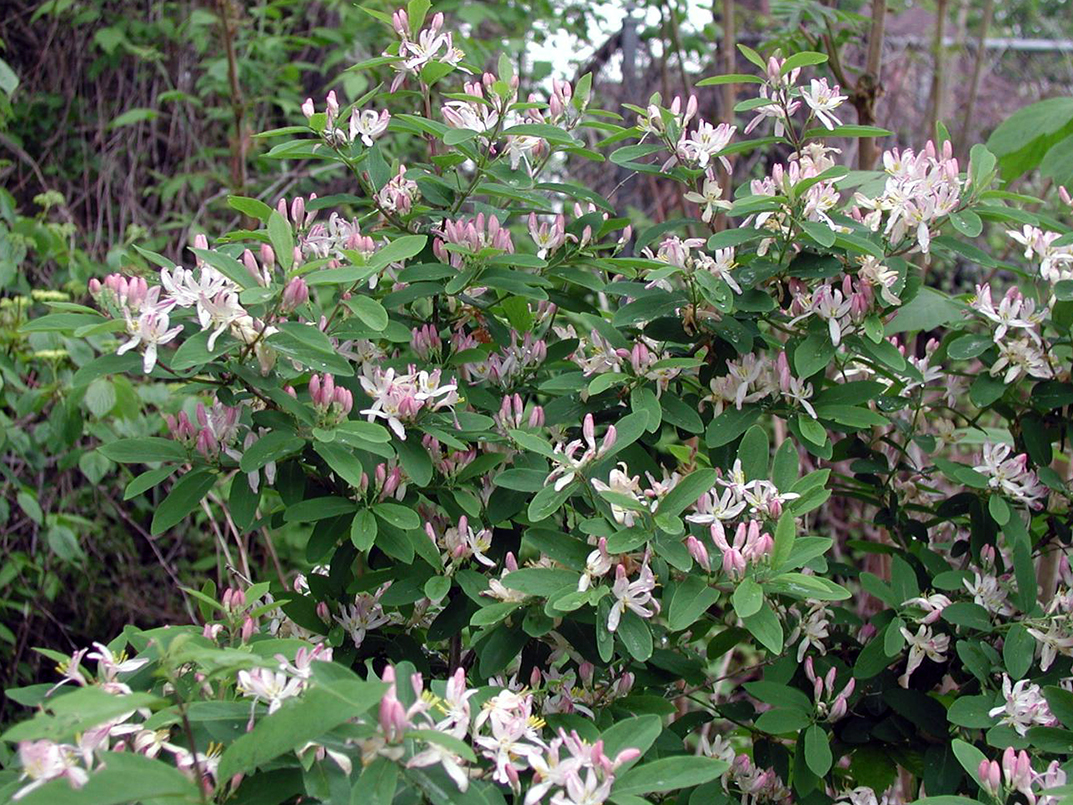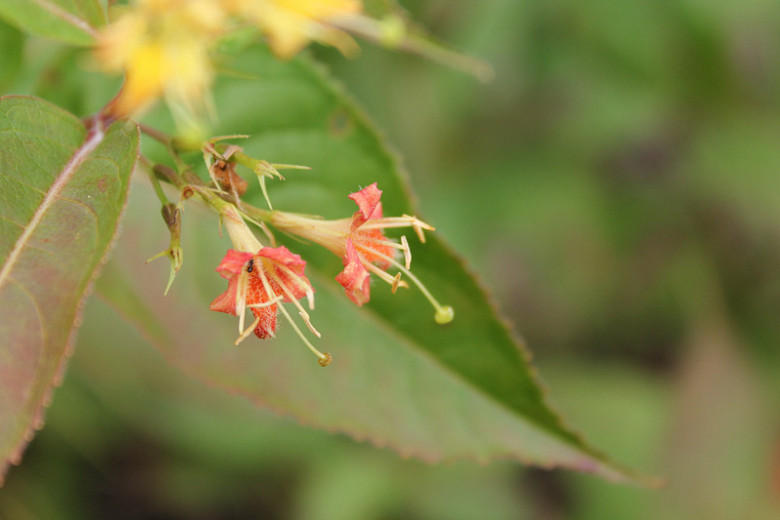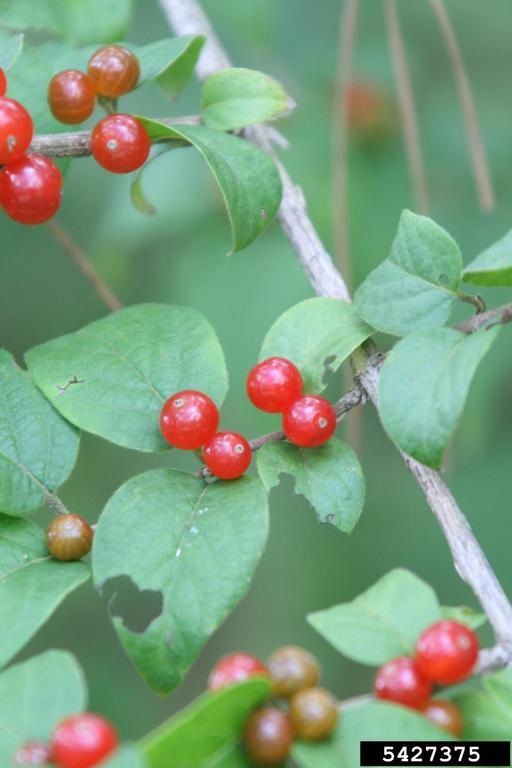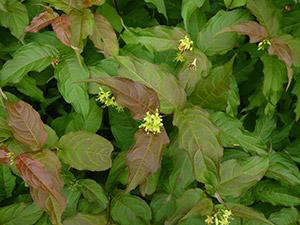Northern Bush Honeysuckle: The
Northern Bush Honeysuckle: The Versatile and Hardy Native Shrub
Northern bush honeysuckle (Diervilla lonicera) is a small, deciduous shrub that is native to eastern North America. It is known for its attractive yellow flowers, which bloom in late spring and early summer. The foliage of northern bush honeysuckle is also a beautiful feature, turning shades of yellow, orange, and red in the fall.
In addition to its attractive appearance, northern bush honeysuckle is also a versatile and hardy plant. It is tolerant of a wide range of soil conditions, including dry, rocky, and sandy soils. It is also drought-tolerant and can withstand periods of neglect. Northern bush honeysuckle is a good choice for gardeners in all regions of North America.
Here are some of the benefits of growing northern bush honeysuckle:
- Attracts pollinators. The yellow flowers of northern bush honeysuckle are a favorite of bees, butterflies, and other pollinators. This makes it a great choice for gardeners who want to attract wildlife to their yard.
- Provides fall color. The foliage of northern bush honeysuckle turns beautiful shades of yellow, orange, and red in the fall. This makes it a great choice for gardeners who want to add some color to their landscape in the fall.
- Is versatile and hardy. Northern bush honeysuckle is tolerant of a wide range of soil conditions and is drought-tolerant. It is also a good choice for gardeners in all regions of North America.
- Is low-maintenance. Northern bush honeysuckle is a low-maintenance plant that requires little care. It does not need to be pruned often and is resistant to pests and diseases.
If you are looking for a beautiful, versatile, and hardy shrub for your garden, northern bush honeysuckle is a great option. It is easy to care for and will add beauty to your landscape for many years to come.
Here are some tips for growing northern bush honeysuckle:
- Plant northern bush honeysuckle in full sun or partial shade.
- The soil should be well-drained.
- Water regularly, especially during the first year after planting.
- Fertilize once a year in spring with a balanced fertilizer.
- Prune in early spring to remove dead or damaged branches.
Northern bush honeysuckle is a relatively pest- and disease-free plant. However, it may be susceptible to aphids, spider mites, and scale insects. If you notice any pests, you can treat them with insecticidal soap or neem oil.
With proper care, northern bush honeysuckle will thrive in your garden for many years to come. It is a beautiful and versatile plant that will add color and interest to your landscape.
Northern bush honeysuckle (Diervilla lonicera) is a beautiful, deciduous shrub native to North America. It is known for its small, yellow flowers that bloom in late spring and early summer, and its colorful fall foliage that turns shades of yellow, orange, and red. Northern bush honeysuckle is a relatively easy plant to care for and is tolerant of a wide range of soil conditions and light levels. It is also deer-resistant, making it a good choice for landscaping in areas where deer are a problem.
If you are interested in learning more about northern bush honeysuckle, I recommend visiting Garden Wiki. This website has a wealth of information about the plant, including its history, uses, and care requirements. You can also find photos of northern bush honeysuckle in bloom, as well as tips on how to plant and care for it in your own garden.




Post a Comment for "Northern Bush Honeysuckle: The"